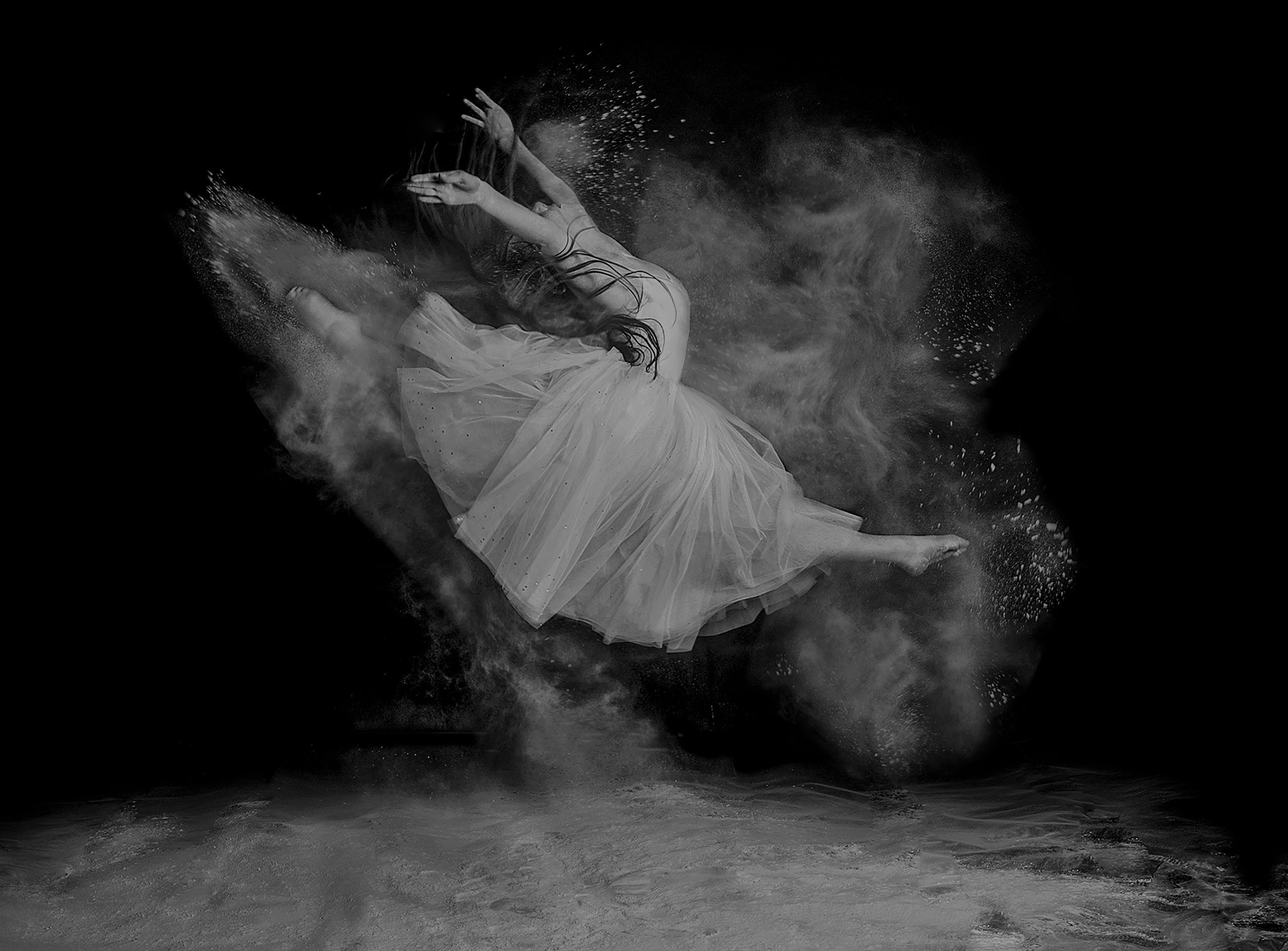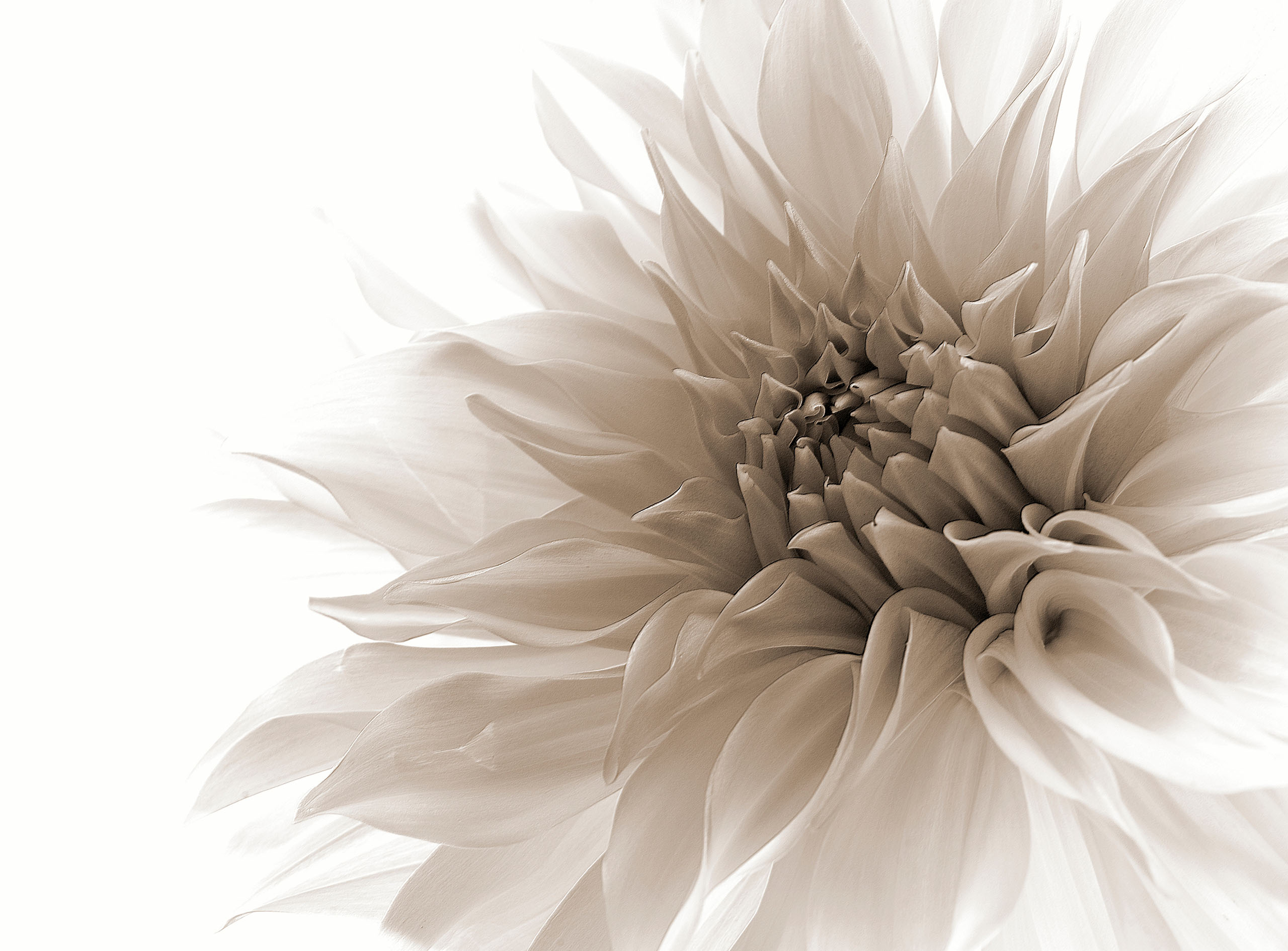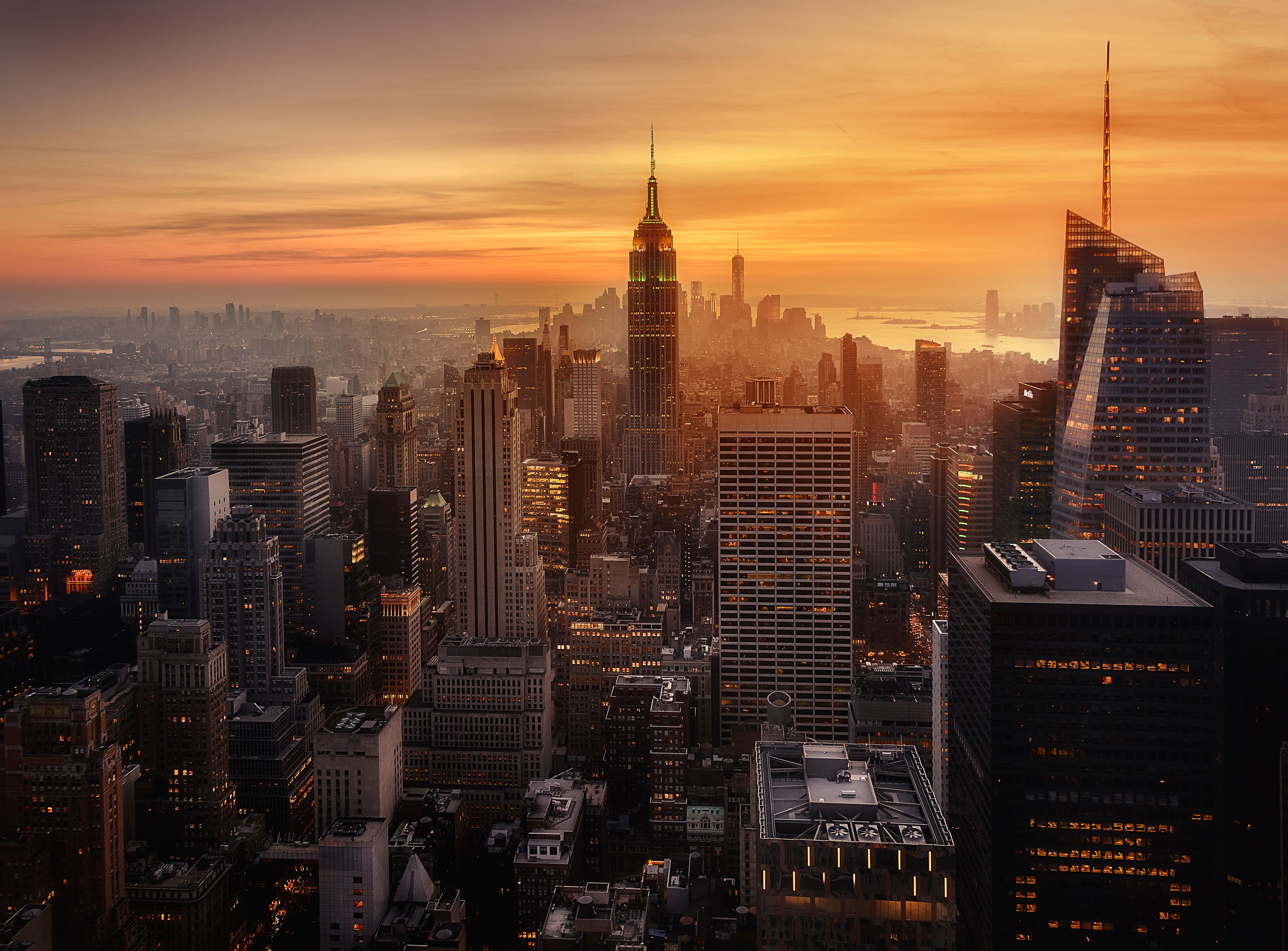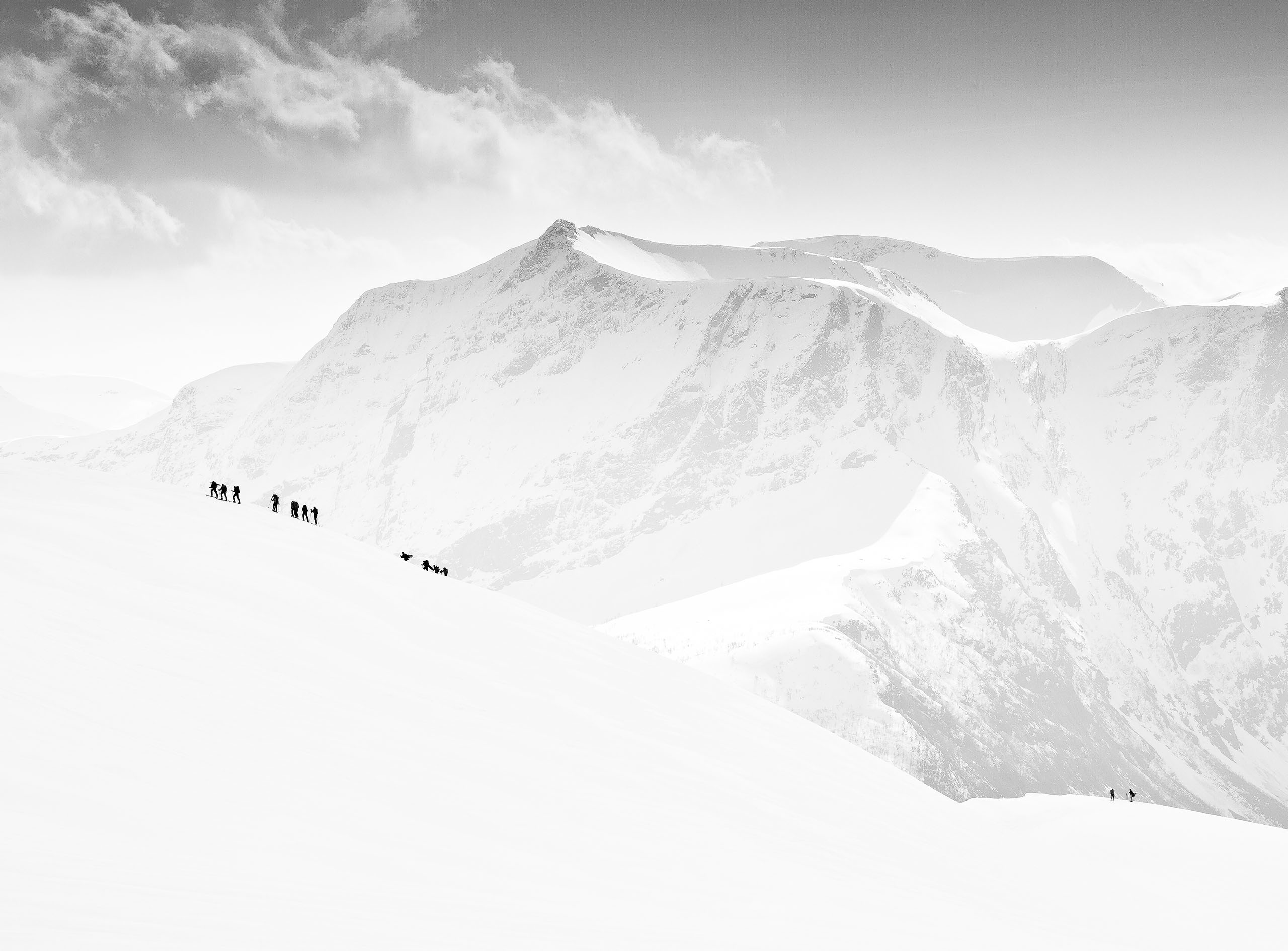SEARCH






|
|
|
|


by Yvette Depaepe
Published the 25th of September 2025
Calvin Feng aims to capture complex urban scenes and transform them into serene, poetic geometries. This offers a new perspective, encouraging people to look up and appreciate the world above their heads. Focusing on contemporary architecture and abstract details, he uses a minimal colour palette of neutral tones, clean edges, and generous negative space to create a sense of calm. Every image is pre-visualized as Calvin studies the architect’s intent, calculates the sun’s trajectory and uses precise alignment to balance the frame. Join me on a journey through his exceptional body of work in this interview.
'The Stair Heart'
Dear Calvin, first, I would like to thank you for taking the time to answer this questionnaire. To begin with, could you please introduce yourself briefly and tell us more about yourself, your hobbies and any other projects you are involved in?
Hello everyone, my name is Calvin Feng and I live in Beijing, China. I have spent my entire career in the software industry and now work as a product manager for a US company in the Fortune Global 500. My schedule is demanding, so I devote most of my spare time to my two passions: photography and distance running.
When and how did you begin your journey in photography?
My daughter was born in 2007 and, wanting to record her childhood, I bought my first APS-C DSLR: a Nikon D90. I took fewer photos as she grew older, until a trip to Hong Kong in 2016, when I bought my first full-frame kit: a Nikon D800 with a 14–24 mm ultra-wide lens. From that moment, I started taking landscape photography more seriously.
'Kaleidoscope'
'Lize SOHO'
For many of us, photography is either a hobby or a way of life. So, how would you define your relationship with photography?
What began as a hobby soon became a passion, and then a way of life. I have moved from landscapes and street scenes to architectural work in recent years, and photography is now woven into my everyday routine. Even on business trips, I always pack a mini-tripod and at least two lenses, ready to turn any spare moment into creative time.
'The subway station'
What has been the most important experience so far that has influenced your journey in photography?
After buying the D800 in 2016, I immersed myself in online forums, studying other people’s images and post-processing techniques. At that time, WeChat photography groups were very active and open in China. It was in one of these groups that I met Mr Zhang Bin, whose field workshops and online classes provided me with a structured understanding of theory, composition, and post-processing. These experiences transformed my approach to photography, encouraging me to refine my technique and consider my personal style and voice more seriously.
'The Stairs'
What is it about architecture and abstract photography that you find so appealing?
In my early years, I chased dramatic outdoor scenery and waited for the perfect light in remote locations. The lockdown imposed by the pandemic confined me to Beijing and forced me to look closer to home. Beijing’s blend of ancient heritage and avant-garde public buildings became an inexhaustible source of inspiration — no travel necessary, just weekends or evenings after work.
There are several reasons why architecture and abstract photography attract me. Firstly, buildings offer a ready-made vocabulary of lines, curves and proportions. By isolating or exaggerating these elements, I can create pure geometric compositions that satisfy my love of order. Secondly, light constantly reshapes a fixed structure. A rigid-looking façade at noon may become lyrical at dusk, providing endless opportunities to experiment with mood. Thirdly, an upward or tightly framed view can transform familiar cityscapes into something unexpected, prompting viewers to slow down and rediscover places they pass every day. Finally, each building embodies a slice of history and culture, so every shoot feels like a dialogue with its architect and the era in which it was built. For someone with a busy schedule, urban architecture is also conveniently close — creative opportunities are always just a walk away.
'Lookup'
'Lookup'
Which is more important to you: the mood or story behind your images, or technical perfection?
When I was focused on landscapes, technical perfection — bracketing, focus stacking and exposure blending — was my main concern. Over time, however, mood and storytelling have taken precedence. While technical excellence is still essential for architectural work, it is composition and the interplay of light and shadow that give a building its soul and enable it to tell a story.
'Subway entry'
'Phoenix Center in Beijing'
What is your relationship with your subject matter beyond simply observing it?
Do you carefully prepare the locations where you intend to take photographs?
As well as observing, I see each building as a character with its own history. I read the architect’s notes, study the urban context and visit the site multiple times to see how the light and the changing seasons affect it.
If I need to take photographs of the building from outside, I always chart the sun’s path and check the weather forecast before every shoot. If I need to take photographs inside the building, I always check that I have the necessary permits. I usually arrive an hour early to walk around and look for reflections or angles that were not visible in satellite images. This detailed planning gives me freedom on location — when an unexpected beam of light appears, for example, I can react instantly because I have already covered the fundamentals.
'The Chandelier'
'The Light and Stair'
Describe your overall photographic vision.
I aim to capture complex urban scenes and transform them into serene, poetic geometries, offering a new perspective and encouraging people to look up and appreciate the world above their heads. I focus on contemporary architecture and abstract details, favouring angles from above that reveal lines and structures. A minimalist colour palette of neutral tones, clean edges and generous negative space creates a sense of calm and invites viewers to rediscover the beauty they normally overlook. Every image is pre-visualised. I study the architect’s intent, calculate the sun’s trajectory, and use precise alignment to balance the frame. Post-processing is restrained and aimed only at strengthening rhythm and light. Ultimately, I aim to create a consistent body of work that captures the essence of modern cities and demonstrates that steel and concrete can evoke emotion and tell a story.
'Look up'
Can you please tell us something more about your workflow from the idea to the final product?
My workflow generally follows these steps:
· Concept: Research existing photos, background material and interviews to decide on the best angle from which to capture geometry and story.
· Digital scouting: Use online maps to plan routes and a sun-path app to preview lighting conditions, and identify the optimal dates and times.
· On-site survey: Arrive a day early to test angles, search for reflections and foregrounds, and confirm permits and security arrangements.
· Shooting: If possible, mount the camera on a tripod and bracket the exposures. If tripods are not allowed, use hand-held rapid exposure bracketing.
· Selection and processing: First, select in Adobe Bridge. Then, combine brackets, correct the perspective, unify the tonality and reduce the noise in
Adobe Camera Raw. Finally, make any necessary adjustments and remove distractions in Photoshop.
'Sunset'
'Lighthouse'
Where do you look for inspiration, and what inspires you most?
• Urban walks: simply strolling through the city and gazing at the lights and lines above you.
• Reading: architectural history and interviews with architects.
• Outstanding architectural work can be found on the following online platforms: 1X, Instagram, Xiaohongshu.
'Look up'
Many people believe that gear is not very important when you are passionate about photography. However, could you please tell us what equipment you use, such as your camera, lenses, lighting and tripod?
I currently shoot with a Sony A7R V and a Sony A7R III. My main lenses are the Laowa 10 mm f/2.8, the Sony 16-35 mm f/2.8 GM, and the Sony 85 mm f/1.4 GM.
'National Centre for the Performing Arts (NCPA) in China'
Which photo is your favourite? Please tell us the story behind it.
One of my favourite early images is of traditional Jiangnan houses. Although the technique was simple, the abstract lines captured the lyrical mood of a southern Chinese water town. The picture evokes the architecture of my own hometown and stirs up nostalgia for travellers.
'Hometown'
Which photographers or mentors have influenced you and your photography, and who are your favourites?
I follow many well-known photographers on 1X and Instagram. They all have a distinct style and constantly inspire new ideas for my own work.
'The city'
Now that we're almost at the end of the interview, could you please tell us about any photographic projects you'd like to be involved in?
I have already photographed extensively in Beijing and Suzhou. My next goal is to document the most intriguing buildings in other Chinese megacities, such as Shanghai and Shenzhen. Later, I plan to travel worldwide in search of iconic structures showcasing a variety of architectural styles. This prospect is both exciting and motivating.
Is there anything else you would like to add? What are your thoughts on using 1X as a base for your work?
The curated approach and supportive community at 1X have been invaluable to my development as a photographer. The platform brings together leading photographers from around the world, and its rigorous selection process motivates me to perfect every detail and aim higher. I consider 1X to be the perfect home for my work: a place where new images receive professional feedback, and where I find inspiration for future projects. I plan to continue expanding my architecture and abstract series here, sharing more of my 'look-up' perspectives with a global audience and growing alongside the 1X community.
'Look up'
'The roof'
Thanks a lot for this interesting interview, dear Calvin!
 | Write |
 | Dazhi Cen PRO Excellent, exaggerating scene! Nice combination of shape, color, and light. |